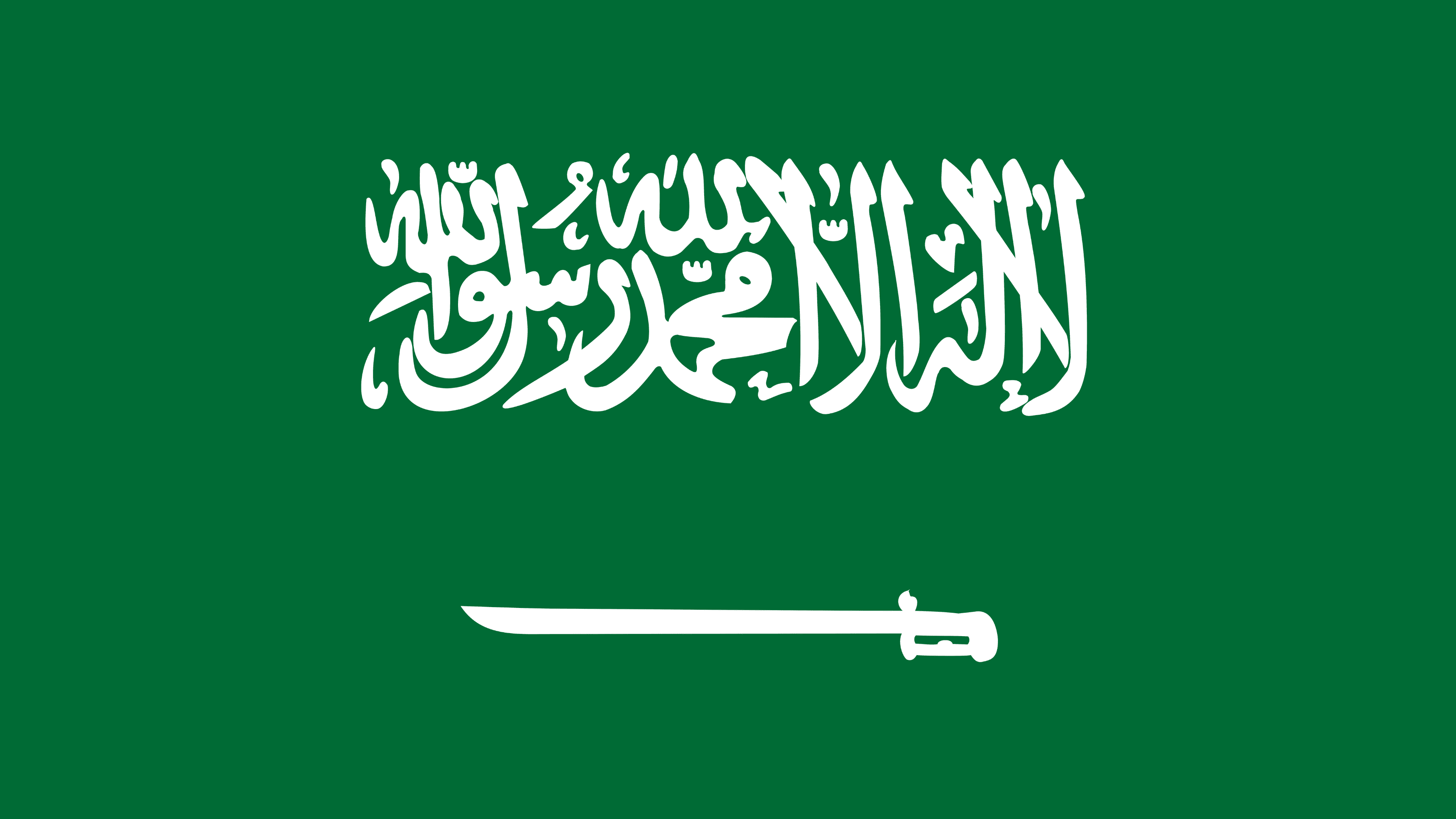Arabic Translation

Arabic Translation and Localization
TrueLanguage offers timely, precise Arabic translation and localization services. We can handle virtually any type of translation project. Our team of professional linguists includes native speakers of Arabic and certified subject matter experts who can perfectly translate material following your exact specifications. We use cutting-edge translation and project management tools and follow ISO 9001 standards, guaranteeing efficient, high-quality, and authentic results.
Language Facts and Information
Arabic Snapshot
Arabic is a widely spoken language globally, ranking at number 19 with approximately 360 million native speakers of various dialects and another 274 million non-native speakers. It is spoken in 22 countries, primarily in the Middle East and North Africa, but also in other regions with significant Arab populations. The language is written in the Arabic script, which is a right-to-left abjad. It has several styles of script, including naskh, which is used in print and by computers, and ruqʻah, which is commonly used for correspondence. Arabic is an official language of 26 countries, and it is commonly taught to non-native speakers worldwide.
Arabic Facts and Trivia
Where it’s Spoken
Arabic is spoken in many countries across the Middle East, North Africa, and some parts of Asia. Some of the countries where Arabic is an official language include Saudi Arabia, Egypt, Iraq, Morocco, Algeria, Sudan, Jordan, and Syria. It is also widely spoken in other countries, such as Lebanon, Tunisia, Yemen, Oman, and the United Arab Emirates. Arabic is also the liturgical language of Islam and is used in religious contexts by Muslims around the world.
Global Statistics
Arabic is a language of significant importance in the world, with a rich cultural and historical legacy. It is spoken by approximately 420 million native speakers. The language is the official language of 26 countries, and it has the fourth largest number of official speakers of any language. The Arabic alphabet consists of 28 letters, and it is written from right to left, which is opposite to many other languages. Modern Standard Arabic is the literary and official language of all Arab countries, while each country has its own dialect or spoken variant of the language.
Impact of Arabic Worldwide
Arabic has had a significant impact on world history and culture, particularly in the areas of religion, philosophy, science, and literature. The language is intimately connected to Islam and is the language of the Quran. Because of this, many Muslims worldwide, both Arab and non-Arab, study the language. Arabic literature, including poetry and prose, has a long and rich tradition and has influenced literature in other languages. Arabic numerals, which are used worldwide today, were developed by Arab mathematicians.
In terms of diplomacy, Arabic is an official language of the United Nations and plays an important role in international relations. Arab countries are major players in the global economy, and knowledge of Arabic can be an asset in business and trade. Finally, the Arabic language has also influenced other languages, including Spanish, Portuguese, and English, which have borrowed words and expressions from Arabic.
Regional Variations
Arabic is a Semitic language with various dialects and regional variations. While the written language is standardized across the Arab world, spoken dialects have lost many grammatical features such as case distinctions, mood distinctions, and the indefinite “nunation”. Despite these differences, the dialects are mutually intelligible to some extent, and Modern Standard Arabic serves as a lingua franca for official communication, media, and education.
Origin and History
The Arabic language has a rich and complex history that spans over 1,500 years. It originated in the Arabian Peninsula in the 6th century CE, and was primarily an oral language used by the Arab tribes. However, with the rise of Islam in the 7th century, Arabic became the language of the Quran, and thus a language of high religious and cultural significance. Arabic spread rapidly throughout the Islamic world, becoming the language of government, scholarship, and trade. Over time, Arabic developed into a diverse set of dialects and styles, influenced by the languages and cultures it encountered. Today, Arabic is spoken by over 420 million people worldwide and is one of the six official languages of the United Nations. Its influence on the fields of science, philosophy, literature, and art is immeasurable, and its enduring importance continues to shape the world today.
Summary
Since the Arabic language is constantly evolving, you must have informed and highly experienced professional linguists for producing accurate and culturally appropriate translations. At present, Arabic features approximately 120,000 words, and, as Arabic is an extremely flexible and adaptable language, it adds numerous words and phrases all the time. Will you need a Arabic translation that will easily be understood in all regions where the language is spoken? Or do you rather require a regionally specific translation? Select either our TrueGlobal or LocalVoice approach as appropriate.
Resources
Consider a Partnership with TrueLanguage
Are you looking for a partnership with a language service provider? If so, you may wish to consider TrueLanguage. We offer ISO-Certified state-of-the-art business translation services that are on budget, on time, and to your exact specification. Every time. Or perhaps you’re just looking for a cost-free, no-obligation estimate for your next translation project. Either way, we’d love to hear from you!

